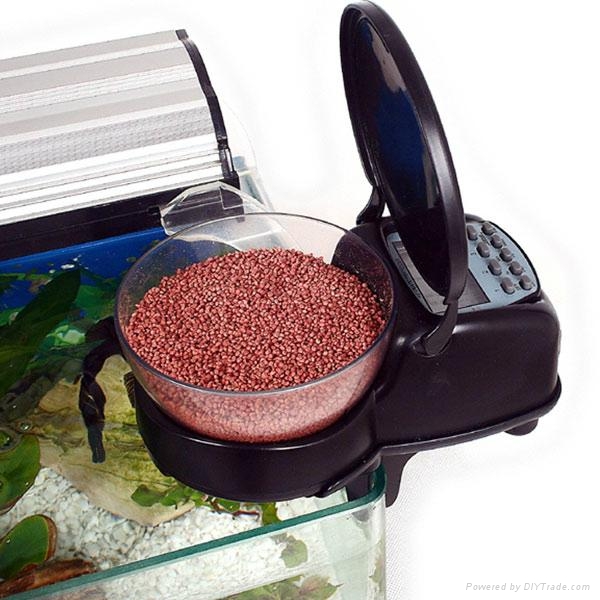

We will power the RTC with the Arduino, so that we can turn it off to save power. We connect it to the realtime clock via the I2C line as can be seen on the schematic. The brain of the project is the beloved Arduino Nano. We now have a circuit that puts out 5V for the servo and the brains of the circuit. The switch I soldered between the charger and boost converter was just for testing purposes and can be omitted.V The output will be around 3.7V, which is not enough for the arduino or servo motor, so we'll boost it to 5V with the boost converter I desoldered its USB port to save space. Next, the battery holder can be soldered to the corresponding terminals. We can solder the solar panel to the input of the battery charger module TP4056. The power will come from a solar panel, and we will use a battery to handle current spikes when the motor turns. We will start with the power supply of the project. I suggest building the circuit on a breadboard first before soldering everything on a perfboard. The electronics for the project are fairly simple, since we are going to use prebuilt modules. As a final touch, I added a 3D printed fish at the front of the unit. So we'll add a water bottle for food storage it simply screws into the top. We now have a food dispenser, but no place to store the food yet. We can now join the bottom to the top with some M3 screws to finish our structure. Cover this off to prevent the nails from spilling (BottomCover). Therefore, I filled the base cavity with small nails, but you could also use some concrete. It will provide a funnel for the food, as well as preventing our structure from tipping over. Next, we can insert our previously made subassembly in the top. Apply some hot glue around the edge of the solar panel to make it watertight. We start by installing the switch and the solar panel in their appropriate cutouts. This subassembly can be completed by attaching the servo and screwing it in place. The cover (WheelCover) can be attached to close the feeding channel. The wheel can now be inserted in its armature (WheelBody) and should be able to spin freely (if not, you might need to sand the parts). Take the wheel and screw or glue the servo connector in place.

The first part to be assembled is the feeding mechanism itself.

When the prints are finished, we can start with the assembly of the mechanism. Make sure the wall thickness is set at 0.8 mm or more. I printed all of the parts at 0.3 mm layer height, and supports where necessary. The very first step is 3D printing all the required parts, and having a lot of patience. The idea is pretty easy: a wheel with a cutout is filled with food (by gravity) and rotates to dump its contents, as can be seen in the drawing. We will start the project by building the mechanical part.


 0 kommentar(er)
0 kommentar(er)
